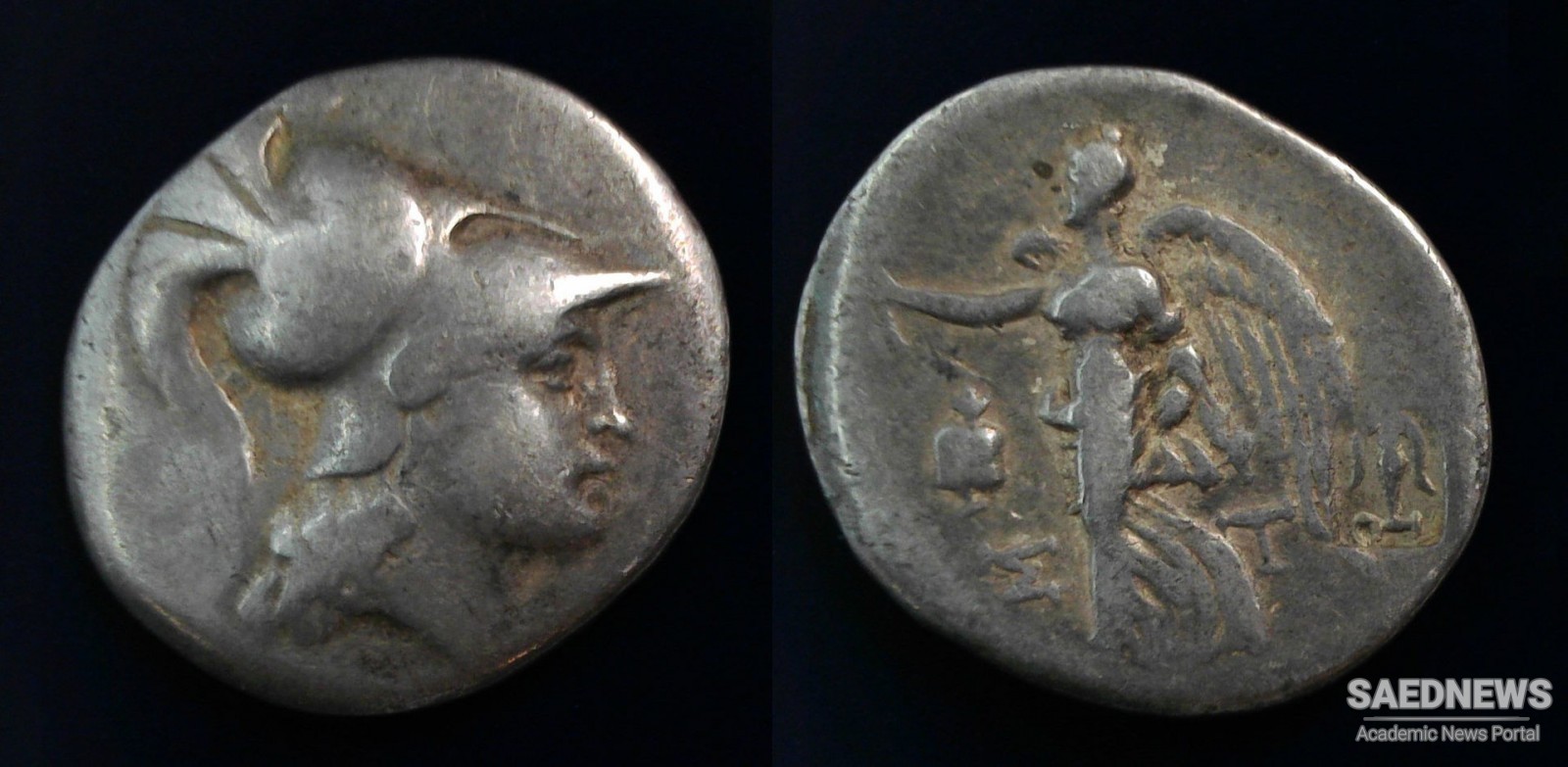The unified silver coinage (which had been lacking in the Achaemenid Empire), was a boon to traders. The Seleucids generally encouraged agriculture and commerce, two abundant sources of revenue. For instance, they, as the Achaemenians before them, granted hereditary possession of empty land to the farmer who planted trees on it. They improved roads and harbours; a crossing on the Amu Darya near Tirmidh continued to be used for centuries after the end of the Greek domination in Iran. By canalizing the river Eulaios (Karun), they established a fluvial route between Susa and the Persian Gulf. The victory of Antiochus III in the Far East (pp. 6, 187-8) re-opened the bazaars of India to Seleucid merchants, and he undertook a military expedition against the Gerrhaens of the Arabian coast in order to divert the spice trade to Seleucia on the Tigris and to Susa. Coin hoards give some indication of the pattern of commerce. It seems that Iran formed a comparatively closed and somewhat backward economic region. Silver struck in Iran circulated freely within Iran. This is true even of the coins of the Greek kings of Bactria. But the Iranian pieces, particularly after Antiochus III, are rarely found in the west, while coins struck in Antioch, and from c. 180 B.C. onwards in Seleucia on the Tigris, dominated the market in Susa. It seems that merchandise travelled in stages. Spices of Arabia and India came to Susa, and, on the other hand, western merchandise was carried to Susa or Ecbatana by traders from Antioch or Seleucia on the Tigris. It is noteworthy that silver of Tyre which is abundant in Upper Mesopotamia (Dura-Europos) does not appear in Susa, as if the merchants of Syria divided the Iranian markets between themselves. It is also noteworthy that Seleucid coins apparently did not circulate in Central Asia. On the other hand, the importance of Indian trade is illustrated by the fact that until c. 280 B.C. the mint of Bactria issued coins on the "Indian" standard, that is tetradrachm of c. 12 gr.


 Seleucids, Rule of Force and Hellenization of Persia
Seleucids, Rule of Force and Hellenization of Persia














































